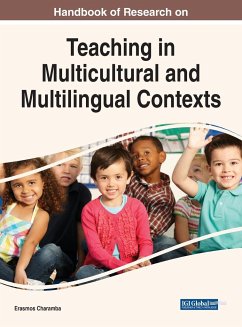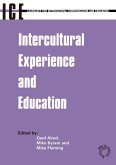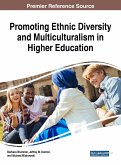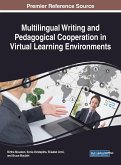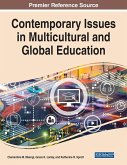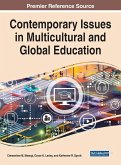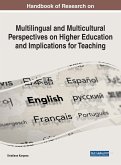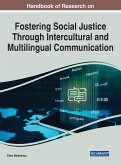Several factors have resulted in increased intra- and inter-state migration. This has led to an increase in the enrollment of students with diverse linguistics backgrounds, placing more academic demands on educators. Linguistic diversity presents both opportunities and challenges for educators across the educational spectrum. Language ideologies profoundly shape and constrain the use of language as a resource for learning in multilingual or linguistically diverse classrooms. While English has become the world language, most communities remain, and are becoming more and more multicultural, multilingual, and diverse. The Handbook of Research on Teaching in Multicultural and Multilingual Contexts moves beyond the constraints of current language ideologies and enables the use of a wide range of resources from local semiotic repertoires. It examines the phenomenon of language use, language teaching, multiculturalism, and multilingualism in different learning areas, giving practitioners a voice to spotlight their efforts in order to keep their teaching afloat in culturally and linguistically diverse situations. Covering topics such as Indigenous languages, multilingual deaf communities, and intercultural competence, this major reference work is an essential resource for educators of both K-12 and higher education, pre-service teachers, educational psychologists, linguists, education administrators and policymakers, government officials, researchers, and academicians.
Bitte wählen Sie Ihr Anliegen aus.
Rechnungen
Retourenschein anfordern
Bestellstatus
Storno

